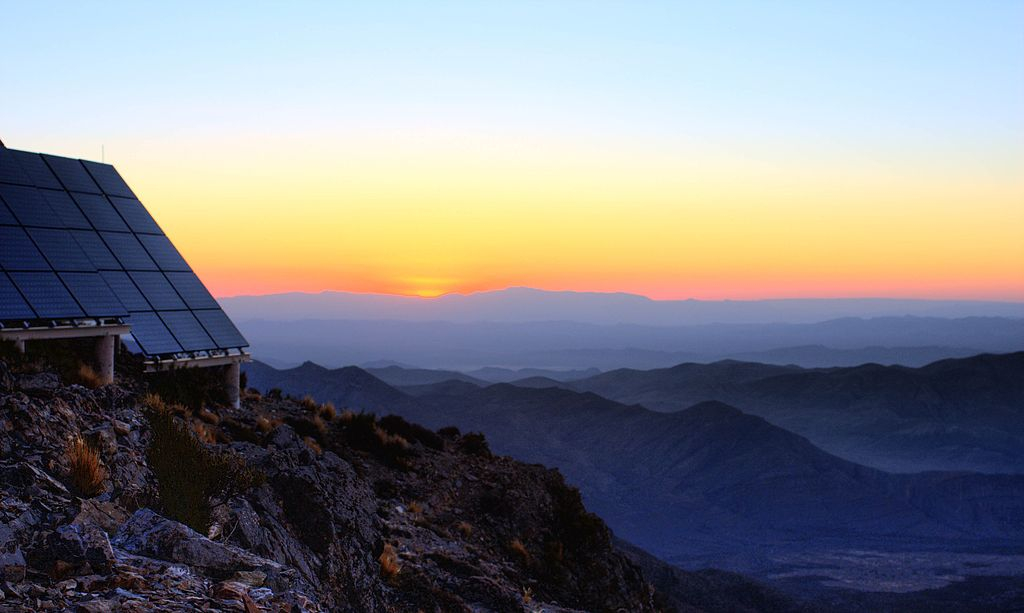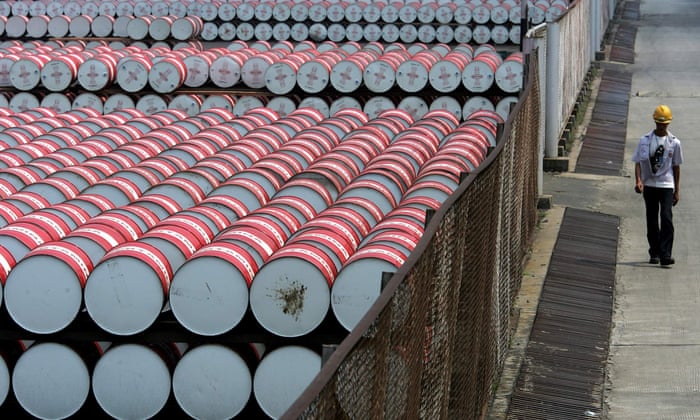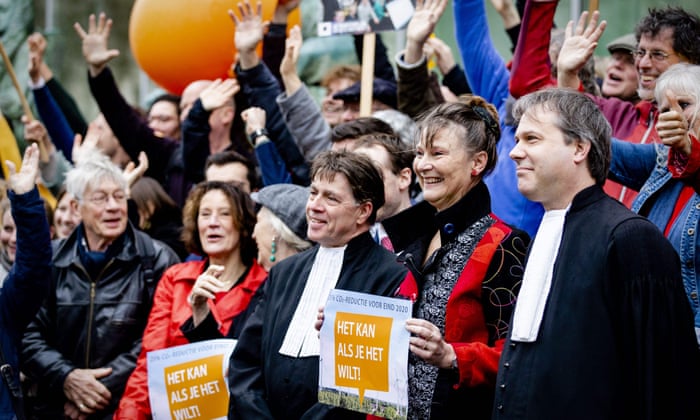
Lord Stern has been Chair of the Grantham Research Institute since it was founded in 2008.
At the outset we have to recognise two fundamental elements of the context of COVID-19: the first is that we risk a global depression. The second crucial element must be a recognition of the dangers, fragility and inequities of the old economy.
We have seen unprecedented falls in output, battered confidence and severe liquidity issues. This is a profoundly Keynesian challenge. Any lack of direction, any lack of strategy, any talk of austerity, could depress the confidence, employment, consumption, investment and innovation that we sorely need.
This crisis is truly global. It is particularly severe for emerging markets and developing countries, with commodity prices falling 20 per cent and upwards, remittances showing their sharpest decline since records began, and the biggest capital flight for decades. This is deeply serious across the world and the response has to tackle that collapse of confidence and it has to be on the scale that is necessary.
We must not go back to the old economy. We are seeing the dangers of the pandemic, and we have seen the dangers of the fragile social fabric across the world which arose in part from the slow recovery and inequities of the last decade. And towering over all that are the dangers of unmanaged climate change.
The COVID-19 crisis is deeply damaging, it is profoundly serious, and it is tragic but the climate consequences of neglect would be still more damaging, would last for decades or centuries and would, in large measure, be irreversible. We have to build back better. We must recognise that it would be deeply dangerous to return to the old economy.
Links between climate change and pandemics
Further, we have to recognise the profound links between climate change and the likelihood of pandemics. With climate change, birds are meeting in the Bering Strait that never met before, and new viruses emerge. As climate and biodiversity change, different kinds of interactions between wild animals, domestic animals and humans occur. Pollution, too, is closely linked with the pandemic. Pollution weakens lungs, makes people more vulnerable and, as we saw with SARS, can facilitate transmission of a virus over longer distances than direct contacts. We have to see all those dangers wound up together.
There is an intense urgency to tackle climate change; we have to recognise that this is an absolutely crucial decade. The investments of this decade will determine our future. Made badly, they could lock-in 3˚C or more of warming with likely destruction to livelihoods and lives across a transformed planet; we have not seen such temperatures for around 3 million years.
Policy for investment and finance
We are in the rescue phase in most countries now and we will be moving to recovery and then the drive to transformational growth. These remarks are focussed on the recovery, which must be designed to be sustainable if it is to take us to the drive to the transformational growth that can give us a much better path of development and growth and avoid the dangers of the old system.
We must have a clear strategy if we are to get the required investment. Europe’s Green Deal, the UK commitment to net-zero and its carbon budgets are examples, as is, it is hoped, China’s 14th Five-Year Plan (for 2021–2025). Such strategy will be crucial to confidence and the sense of direction that can drive sustainable investment and innovation. This strategy should embody policies to deliver carbon pricing, to abolish fuel subsidies, to phase out sales of the internal combustion engine, to electrify power, to promote resource efficiency, to redesign our cities, and to invest in our natural capital. It is not just the soundness of those policies that matter: it is also their clarity and credibility, which are crucial for the investment, employment and consumption that we need.
That strong sense of direction for the future generates the jobs of the future. The jobs of the past are insecure jobs. Stranded assets are stranded jobs. Security of employment, which we desperately need now after the profound dislocation of COVID-19, flows from that future vision and an understanding of those future jobs. The investment must be in human, physical and natural capital. The challenge is to invest for the future and we must see capital much more broadly than the narrowly physical.
The right kind of finance
Clear policies draw through sound investment. But we also need the right kind of finance, in the right place, on the right scale, at the right time. We live in a world which actually has plenty of savings. The problem is on the demand side, driving through the investment projects. Many countries can borrow at negative rates of interest. But many other countries have to borrow at very high rates of interest and many projects have to face very high costs of finance. We know that these markets are not managing risks well. That is our challenge; to overcome these market failures so that they manage risk better. This is part of improving outcomes for all, including future generations.
We have to move the whole financial system so that it recognises climate change, the imperative for action and the riskiness of high-carbon investments. Here, I salute the work of Mark Carney on risk reporting and risk management. The private sector is absolutely crucial, in terms of both investment and finance.
The International Financial Institutions (IFIs) and the Development Finance Institutions (DFIs) must be at centre stage in reducing and managing risk and moving finance to back the investments of the future at this particularly difficult time, when confidence is shaken. They are indeed making progress. The Multilateral Development Banks (MDBs) presented a valuable statement to the UN in September and Kristalina Georgieva has been offering outstanding leadership both during her time at the World Bank and now at the IMF.
The presence of an MDB or a DFI reduces policy risk. Governments are less likely to be difficult. Government-induced policy risk is a major deterrent to investment and the presence of an MDB reduces that. It can bring the right kind of instruments to manage, share and reduce risk; it can convene; and, through all these things, it can greatly enhance what the private sector can do. The MDBs and IFIs help build strategy and policy.
We have also seen that they have been crucial to the move towards achieving the US$100 billion p.a. in climate flows from rich to poor countries, which has been a central commitment in climate discussions for a decade. We must move to close the gap and to achieve the $100 billion; the role of the MDBs in that is critical. The magnitude of the task over this crucial decade and the strains of the COVID-19 crisis will imply that IFIs’ and DFIs’ ability to finance over the coming years will have to be substantially expanded. By far the cheapest and least risky way of enhancing low-cost finance is to invest in those institutions. Let me recognise the genius of Keynes again, in creating financial mechanisms that can produce so much finance at such low cost, if they are used well and if they are backed by shareholders.
Our chance to build back better
In terms of strategy, in terms of policy, in terms of investment, in terms of finance, we can see what to do. We can see the way to a much better world, with higher living standards, driving towards achievement of the Sustainable Development Goals; a world which is much safer and more resilient; a world which is much more attractive. Cities where we can move and breathe. Ecosystems that are robust and fruitful. It is up to us to deliver.
Allowing a great depression or attempting a ‘brown’ recovery would be profoundly dangerous. Either would be reckless; we risk having both. It will be strong leaders who will take us out of that, based on serious analyses and ideas. We have that kind of leadership, but we need it to be still stronger. We can and we must do much better. Let us take this opportunity to build back a better world. SOURCE
RELATED:
From rescue to recovery, to transformation and growth: building a better world after COVID-19




 Please join us! If you weren’t able to join the first session, check out all the
Please join us! If you weren’t able to join the first session, check out all the 










